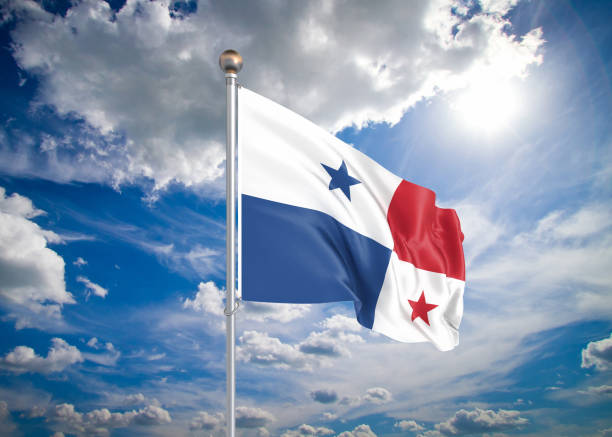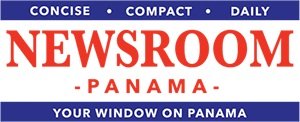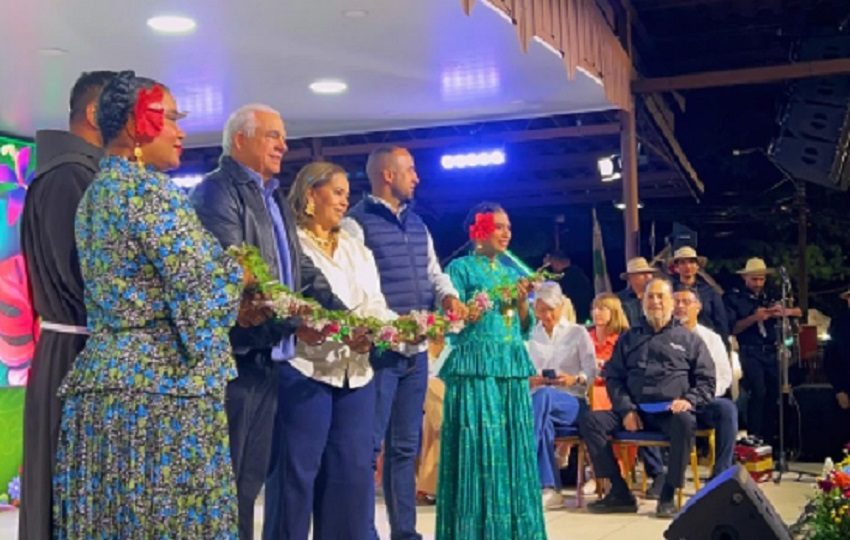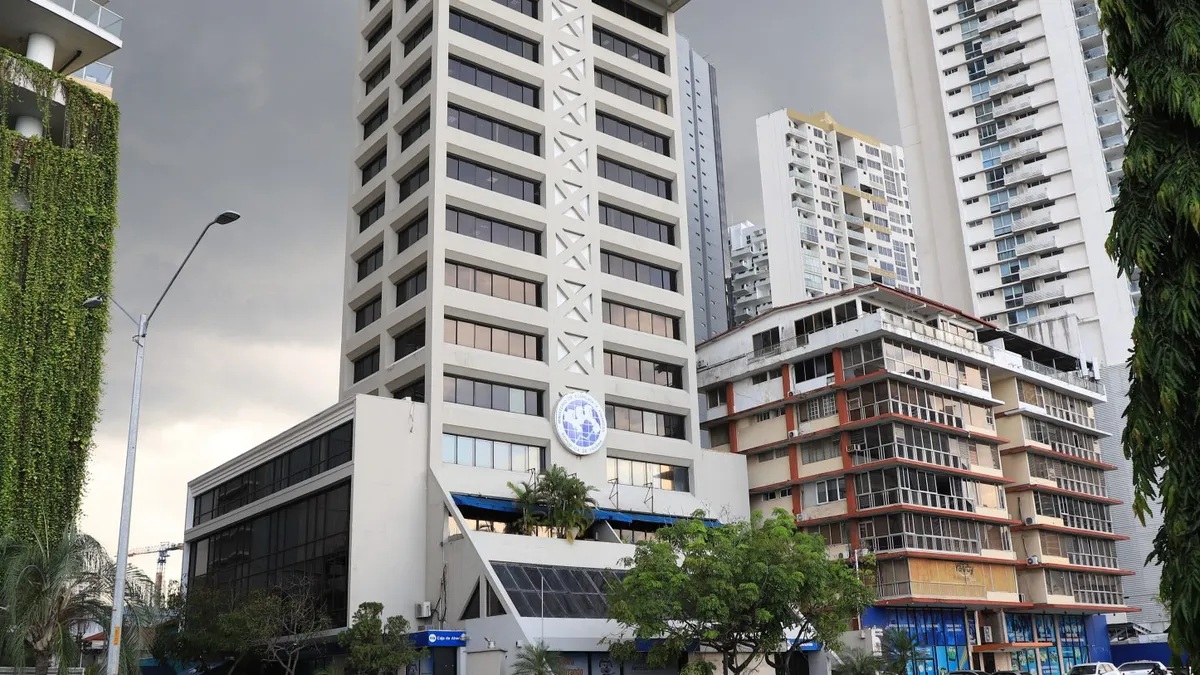Washington’s List of Countries Targeted in the Fight Against Drugs Includes Panama
The United States maintains Panama on its list of “major” transit countries for illicit drugs, citing its geographic location and logistical assets as key factors.

The United States has again included Panama among the group of territories considered key to the global transit of narcotics, in the context of the opioid crisis. Panama remains included in the U.S. presidential determination on the top transit or production countries for illicit drugs for fiscal year 2026. The decision, sent to Congress by the White House, includes 22 nations, including Mexico, Colombia, Venezuela, and the People’s Republic of China, singled out for their role in the movement or manufacture of illegal substances that feed the U.S. market.
The White House’s Decision
The Trump administration emphasized that a country’s inclusion on this list does not necessarily imply a lack of cooperation or deficiencies in its domestic policies, but rather a combination of geographic, commercial, and economic factors that facilitate drug or chemical precursor trafficking. In the case of five countries— Afghanistan, Bolivia, Burma, Colombia, and Venezuela —Washington determined that they had demonstrably failed to comply with their international drug control commitments.
Internal Crisis In The United States
The announcement was accompanied by a stark diagnosis: the opioid and synthetic drug epidemic remains the leading cause of death among Americans aged 18 to 44. According to official figures, more than 200 overdose deaths were recorded each day in 2024, and 40% of the population knows someone who has lost their life to this cause. In response to this national emergency, Trump highlighted border reinforcements, economic pressure on chemical precursor supplier countries—such as China—and increased cooperation with regional partners. He particularly mentioned joint operations with Mexico, which include the deployment of troops and the handing over of criminal leaders to U.S. justice.
Regional Implications
The report also highlighted the designation of criminal organizations as foreign terrorist groups, with the aim of expanding the use of sanctions, visa restrictions, and judicial mechanisms against their leaders and collaborators. Washington’s message was clear: countries that fail to strengthen their actions against drug trafficking will face diplomatic and economic consequences.
Panama’s History On The List
On February 5, 1993, the White House sent Congress a list of countries considered major drug producers or transit countries as of January 1, 1993. Panama appears on that list along with other countries in the region. This is the earliest verifiable online reference to Panama being explicitly listed as a country subject to the U.S. anti-drug certification regime. Already under George W. Bush, the November 1, 2001, letter again lists Panama among the “major” production or transit countries. The text itself clarifies that being on the list is not an adverse judgment on the cooperation of the listed government, but rather a combination of geographic, commercial, and economic factors. Beginning in 2002, Congress modified the process: the old, rigid “certification” evolved into annual presidential determinations under the FRAA (Section 706). The spirit remained the same (identifying “major” countries and, separately, naming those who “demonstrably failed”), but the pace and legal thresholds changed. CRS reports explain this transition and its effects.
In subsequent years, presidential decisions in September kept Panama on the list of “major” transit/production countries. For example, in 2014 and 2016, the White House again included Panama on the annual lists for fiscal years 2015 and 2017, respectively. In 1998 and 1999, the presidential memoirs again certified or evaluated the “major countries,” and Panama remained among the transit/production countries that must undergo the annual certification provided for in the Foreign Assistance Act (FAA). In 2000, the Presidency highlighted that, within Central America, only Guatemala and Panama were formally designated as “major transit” countries due to evidence of systematic use of their territories to move drugs to the U.S. This clarification underscores Panama’s geographic and logistical role in the Andean-Mesoamerican corridor.
In parallel with these findings, the State Department’s International Narcotics Control Strategy Report (INCSR) describes Panama as a key transit country due to its location and logistical assets (Darién, coastlines, container ports, free trade zones), vulnerable to use by drug trafficking networks. These reports accompany and contextualize the “Majors List” each year. On September 15, 2025, the White House published the determination for fiscal year 2026. Panama again appears among the “major” transit or production countries. The document also designates several countries as having “demonstrably failed” and details priorities against fentanyl and precursors. The official version is available in the State and Federal Register.




